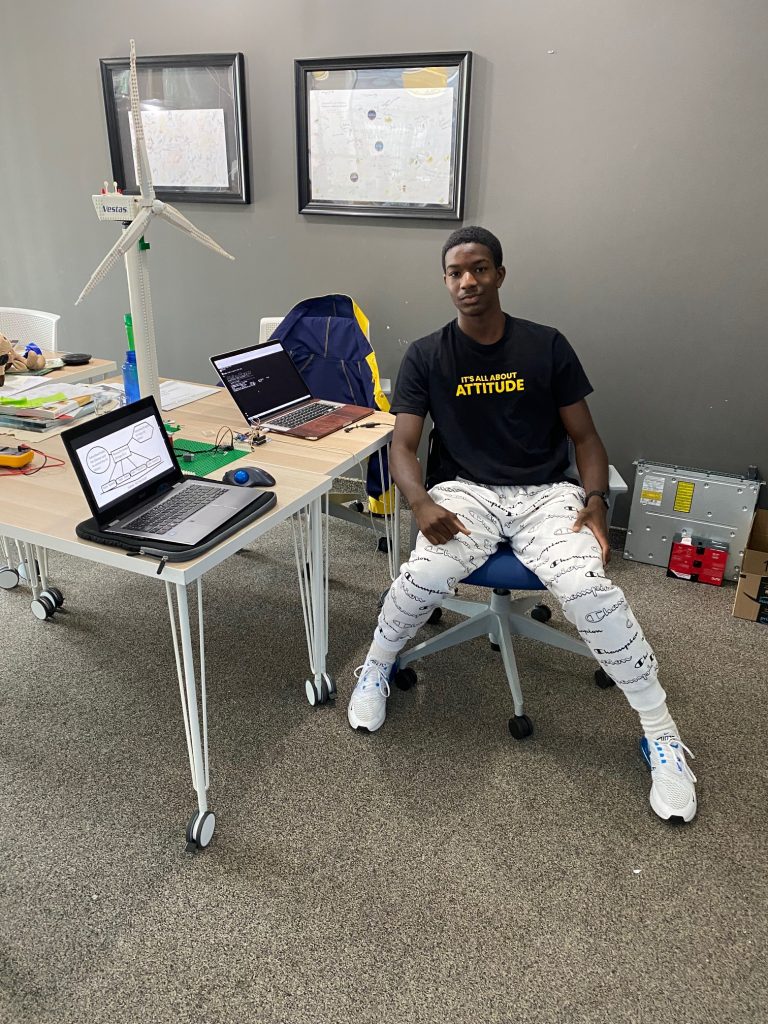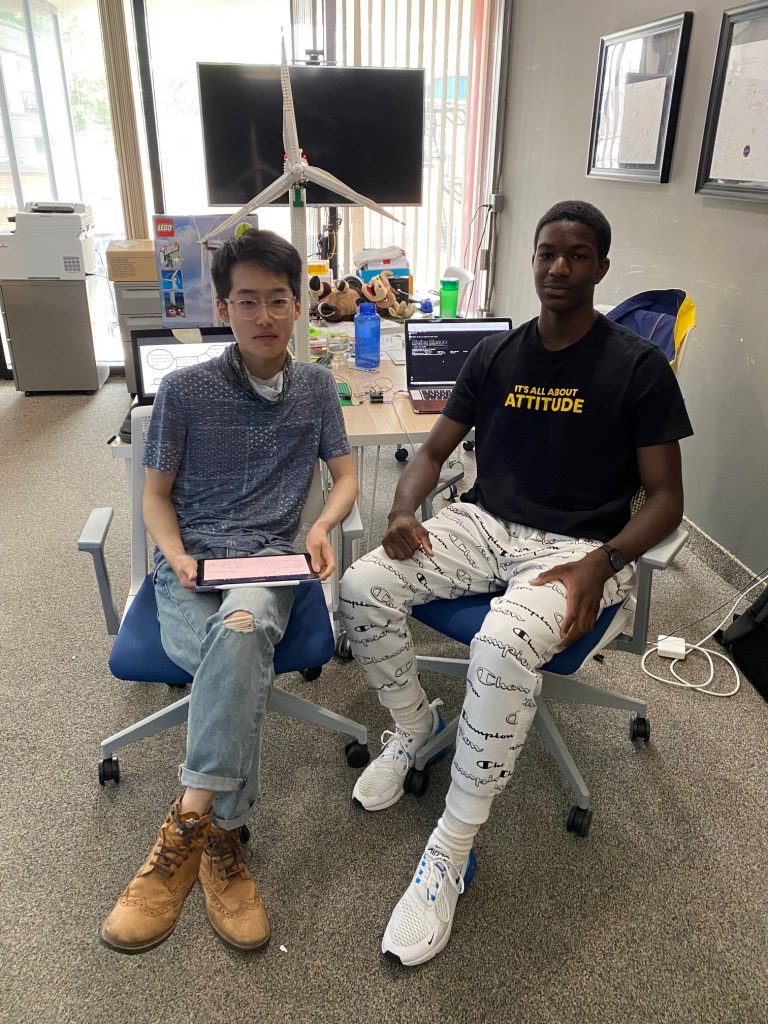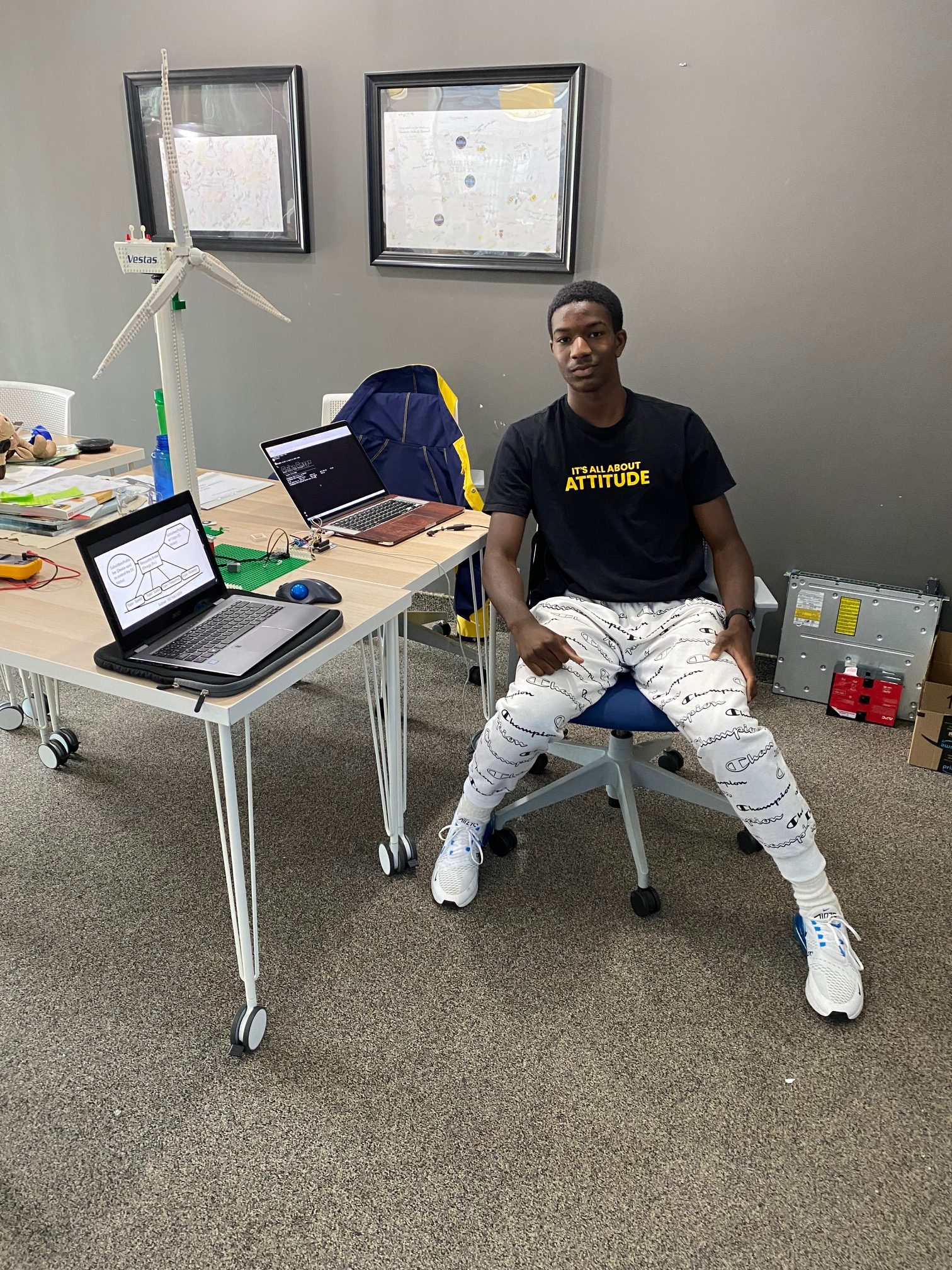An Intern Story: Marc C
Note: This blog was written by Marc C. a recent co-op student with us this summer. We were very fortunate to have such a great student and future cyber security profession on our team. His “report” below just shows the potential we have in our youth for cyber today. It was great having you on our team Marc. We wish you great success in your future studies and cyber education (which will be life long).
As a 16-year-old high school student from Immaculata High School, this summer I had the opportunity to do an internship with a cybersecurity company called TwelveDot. This amazing opportunity has been a great learning experience for me. I was able to explore a professional environment while engaging in technical projects at the company.
The project that I worked on consisted of making a proof of concept that could be used to demonstrate common vulnerabilities in embedded devices and ways deployed IoT devices can be exploited. Using a microcontroller and a Lego Mindstorms wind turbine, I built a network with the microcontroller using the MQTT architecture. The microcontroller would then be used to control the wind turbine over the network, just like how a real-life deployment would be.
To kickstart the project, I started by learning about the different hardware pieces required, and how the microcontroller can be used. In particular, I looked at the Onion Omega Pro 2, which is a microcontroller with the capacity to be connected over a network and is used for many purposes, including IoT deployment. With the help of Bryan, a technical security analyst, I found a way to control the Lego with the microcontroller using logical signals. During development, we decided this project needs to be as realistic to real-world deployments as possible, so not only this meant considering the network piece and how it’d translate to code, but it also meant understanding realistic configuration parameters and incorporating those into the model. Since this meant a lot of testing, much debugging also took place. While testing, we identified many bugs, so Bryan and I had to change certain parts of our code.

Figure 1: Marc and his project (love the t-shirt, it just says it all)
Once the testing was done, we did a demo to showcase the architecture and the different vulnerabilities the model is subjected to. This includes different types of attacks such as information disclosure, man-in-the-middle, or a DoS attack.
Overall, this project was exciting but challenging. Throughout my co-op journey, I ran through many obstacles which made me quite uncomfortable due to my lack of experience. Fortunately, at TwelveDot I had support from Faud, my supervisor, and my colleague Bryan. At first, I had trouble connecting the Lego piece to the microcontroller board to allow the Lego piece to be controlled logically. With the help of my team, Faud and Bryan, we discovered we needed additional hardware components like the h-bridge circuit driver and a voltage set-up. This experience made me realized how useful the internet is in helping us troubleshoot technical issues.

Figure 2: Marc and Bryan after the final demo
Debugging and testing the various aspects of the project was the most demanding for me, but it was also the most important for me since testing is often necessary for the unexpected. For example, I had some troubles since I was not used to some of the technologies used, but my colleague Bryan walked me through the debugging and testing needed to troubleshoot the network and hardware pieces. After this experience, I understood a lot more in the field of hardware engineering and cybersecurity. During testing or debugging, we can sometimes run into bugs that can make us change the model or the blueprint of the project. For example, we had to refactor the code to object-oriented to accompany new features. One other valuable lesson for me was the need to consider the safety of the end-product, as it relates to electric power, and incorporating that into the testing phases as well as the codebase.
Overall, working on this project was an amazing experience. It gave me exposure to coding, working with electronics, and exploring how vulnerabilities can turn into exploits. This has allowed me to be more familiar with Python, Linux, JSON, MQTT, Hardware Engineering, SSH, and Computer Networking. I learned that sometimes it can get frustrating when you get stuck on a problem, but it also made me realizes the tools, resources, and the people who could help me get work towards the end goal. A huge thank you to the TwelveDot team for this valuable learning experience!


